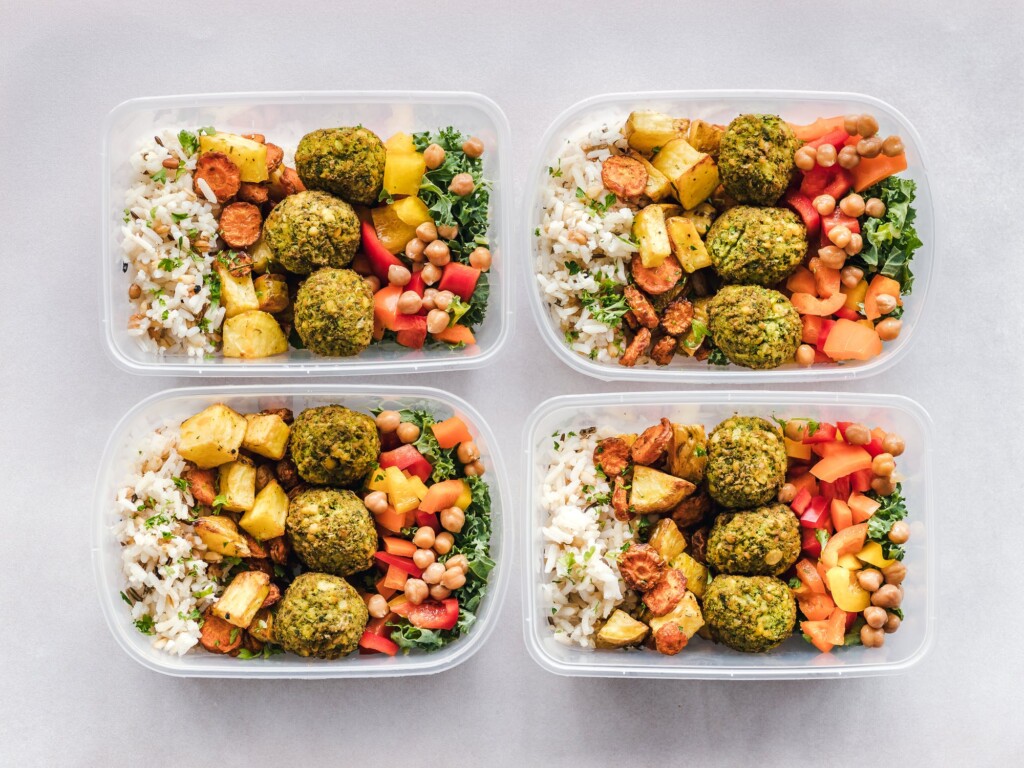A community shares the same healthcare, comes from the same socioeconomic background, has the same environmental influences, and exhibits similar behavior. They share these health status determinants, which is why it’s important to be healthy as a community. Healthy habits benefit not only individuals but also benefit the community they belong to.
According to the CDC, at least 60% of Americans suffer from chronic illnesses, a prevalent cause of death in the US. Living in an unhealthy community makes you more likely to suffer from chronic illnesses like heart disease, diabetes, or stroke. This is why disease prevention and accessibility to healthy living options are important. These measures help people stay healthy that create healthy communities.
A community’s health doesn’t solely rely on the government and policymakers; every individual has a role in maintaining a healthy environment.
What can you do to instill healthy habits into your community? Follow these tips to have a positive impact on collective well-being.
Improve health literacy
Health literacy helps patients understand the causes of illnesses and medical problems they’re going through and enables them to make sound decisions to prevent or deal with them. If an individual or a community has low levels of health literacy, they won’t ever be able to prosper. Insufficient understanding of health-related issues can lead you to make misinformed decisions and influence medical negligence. Unawareness in this regard increases health disparities. It is important to train individuals in community health education so they can help others understand how to deal with potential health threats. If you can detect an illness in its early stages, it’ll be easier to prevent it from escalating. These education plans consider literacy levels, culture, and community health requirements to provide the best approach to health promotion.
Sufficient health literacy in individuals can increase visibility for general health and create more advocates for regular screenings. Continuous surveillance of health risks, understanding how to deal with complex illnesses, and promoting preventative care in communities positively impact collective health as people receive more appropriate healthcare.
Start at Home
Healthy habits that you practice at home are more likely to stick. If you’re tidy at home, you’ll also be tidy outside and not litter your surroundings. If you’re active at home, you can increase your physical activity in the community. How you act at home reflects in your public behavior, which is why you should practice healthy habits at home along with your children.
Get organic groceries from the local farmer’s market instead of taking your kids to McDonald’s every other day, practice cleanliness, encourage good hygiene, and include iron-rich vegetables in your diet. Most importantly, get your kids vaccinated.
Needless to say, it’s also important that you expose your kids to regular medical checkups with a physician and a dentist. If you don’t have doctors yet, you can always search for a phrase like “dentist near me Kelowna” or “physician near me” on the internet to find one
Give Children Healthy Meals
Students get their required nutrients for the day at lunch, but what if it’s unhealthy? According to the CDC, obesity affects 14.7 million children and adolescents in the US. The lack of healthier food options damage children’s health and drains their energy levels. A study suggests that students who have regular nutritious meals have better academic performance, social skills, and lower levels of aggression.
You can support your child’s nutrition intake by signing up for the school committee board and promoting healthy food options by planning meals and choosing a healthier menu. You can even get meal plans and resources from The USDA Team Nutrition webpage for a better approach to improving children’s eating habits.
Visit Parks in Your Area
Parks are a great way to improve the health of a community and get them involved in physical activity. A community park appeals to all ages. Kids to adults can go to the park to get some fresh air. It also surrounds the community with greenery and provides other recreational activities like picnics that help relieve stress and decrease cortisol levels by 15%.
A park provides an environment to unwind and socialize with your community. Take some time out from your day to visit the park daily with your children. You can even plan a tree-planting activity with your kids and other community members to promote a clean, green, healthy environment.
Fulfill social responsibilities
Social welfare practices include health, housing, education, and food support to individuals or groups that influence a community’s well-being. Helping people who can’t afford these necessities and donating is the easiest way to help people in need. You can organize blood donations, food and clothes donation drives, or just donate money to welfare organizations to help needy families. If you’re unsure of which food items to donate, items like canned food, peanut butter, rice, and pasta are recommended.
A healthy community cares about each other’s well-being and helps its individuals. Encourage the neighbors to keep the neighborhood clean to develop a safe environment.
Promote mental health
Nearly 20% of US adults are affected by mental illnesses, which leads to excessive use of alcohol and causes many individuals to suffer from substance abuse. A study by Suicide Awareness Voices of Education suggests that approximately 800,000 people commit suicide each year. Mental health issues are continuously ignored; it is threatening community well-being. Even though the government is responsible for making therapy more accessible, a community can check up on its members and offer help when needed.
Societal support positively impacts mental health. You can support your community by checking up on your neighbors, spending time with the elderly so they don’t get lonely and guiding young people in understanding their emotions. Mental health is just as important as physical health, so you should take care of yourself and others. Practice gratitude, stay connected with others, and ask for help when needed. A happy community is a healthy community.
Conclusion
There are multiple ways to instill healthy habits into your community, but you need to take the first step by helping yourself; only then you can help others. When you become an advocate of health, you inspire others to do the same and develop the importance of healthy habits in the community. How are others supposed to follow if you can’t lead by example? Every individual contributes greatly to community health, so do your part. Eat nutritious meals, get regular screenings, participate in your community activities, visit a Dual Diagnosis Treatment Center and take care of yourself before you take care of others.







